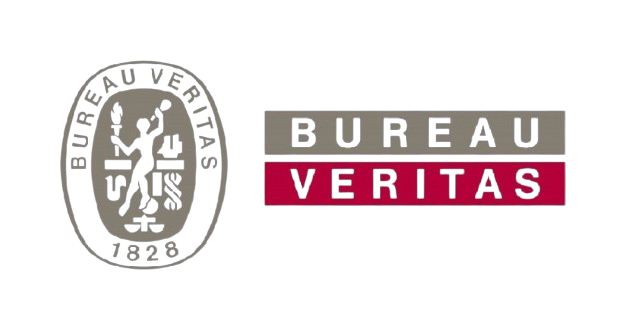Back to the blog
How the Sustainable Mobility Act is changing the transportation sector
Carolina Skarupa
Product Carbon Footprint Analyst
The Sustainable Mobility Act emerges from the growing concern for our planet's future and the pressing need to reduce our environmental impact. Its primary goal is to drive a shift toward a more efficient and eco-friendly transportation model, paving the way for cleaner and more sustainable mobility in the future.
This law introduces the concept of active mobility, encouraging the use of sustainable modes of transportation like public transit, bicycles, and walking.
Benefits of sustainable mobility
Adopting sustainable mobility isn’t just a legal obligation—it’s an opportunity to build a better future. Key advantages include:
- Reduction of greenhouse gas emissions: Cutting back on fossil fuel use in transportation is vital in combating climate change.
- Improved air quality: Lowering pollutant emissions in urban areas directly benefits public health, reducing respiratory illnesses and enhancing citizens' quality of life.
- Less noise: Sustainable transportation is quieter, creating more pleasant and peaceful urban environments.
- Economic efficiency: Over time, sustainable mobility can lead to significant cost savings for both individuals and businesses.
Implications for businesses
The Sustainable Mobility Act also has significant impacts on companies in the transportation and logistics sectors. Businesses face the challenge of adapting their fleets and operations to meet new legal requirements, which may require substantial initial investments. However, this transition also offers opportunities and competitive advantages, such as:
- Enhanced brand image: Companies embracing sustainability are viewed more positively by consumers, potentially boosting sales and customer loyalty.
- Access to new business opportunities: The growth of sustainable mobility is expected to create a high-demand market in the coming years.
- Operational cost reduction: Optimizing routes, using more efficient vehicles, and cutting energy consumption can result in substantial savings.
Challenges for the transportation sector
The transition to sustainable mobility comes with its share of challenges. The transportation sector must address key hurdles to comply with legal requirements and societal demands.
Fleet renewal
Upgrading vehicle fleets is one of the primary challenges for transportation businesses. Replacing combustion vehicles with electric or alternative energy-powered ones requires significant financial investment. Public administrations are offering various grants and incentives to ease this transition.
Infrastructure adaptation
Expanding the charging infrastructure network for electric vehicles is essential for the success of sustainable mobility. Strategic installation of charging stations in locations like public parking lots, shopping centers, and gas stations is crucial.
Behavioral change and public awareness
Sustainable mobility isn’t just about technology—it also requires raising public awareness. Encouraging citizens to adopt habits like using public transportation, biking, or carpooling is essential.
Tools for measuring carbon footprints in transportation
The first step to reducing the environmental impact of transportation is understanding its carbon footprint. Various tools are available to help businesses measure and monitor their greenhouse gas emissions.
Manglai’s role in supporting sustainable transportation
At Manglai, we offer a carbon footprint management software solution designed for companies seeking efficient and precise emissions management. Our tool enables businesses to:
- Calculate carbon emissions across all scopes (1, 2, and 3), in line with the GHG Protocol and ISO 14064.
- Monitor emissions in real time through customizable interactive dashboards.
- Identify areas for improvement and create tailored emission reduction plans.
- Automate report generation to meet legal and sustainability requirements.
By implementing tools like these, businesses can play an active role in building a more sustainable transportation future.
Carolina Skarupa
Product Carbon Footprint Analyst
About the author
Graduated in Industrial Engineering and Management from the Karlsruhe Institute of Technology, with a master’s degree in Environmental Management and Conservation from the University of Cádiz. I'm a Product Carbon Footprint Analyst at Manglai, advising clients on measuring their carbon footprint. I specialize in developing programs aimed at the Sustainable Development Goals for companies. My commitment to environmental preservation is key to the implementation of action plans within the corporate sector.
Content
Companies that already trust manglai














CSRD for SMEs: How cascading regulation will impact your supply chain in 2025
Discover how the CSRD will affect SMEs through the supply chain in 2025—and how to get ready to comply.
22 October, 2025
B Corp Certification in Spain: Cost-Benefit Analysis and the Path to Impact
We analyze B Corp certification in Spain: costs, real benefits, and the steps to obtain the seal that drives sustainability.
06 October, 2025
GHG Protocol vs. ISO 14064-1: Which Standard Should You Choose for Your Emissions Inventory?
Discover the differences between the GHG Protocol and ISO 14064-1 and choose the ideal standard for your emissions inventory and the MITECO.
01 October, 2025
Guiding businesses towards net-zero emissions through AI-driven solutions.
© 2025 Manglai. All rights reserved
Política de Privacidad


